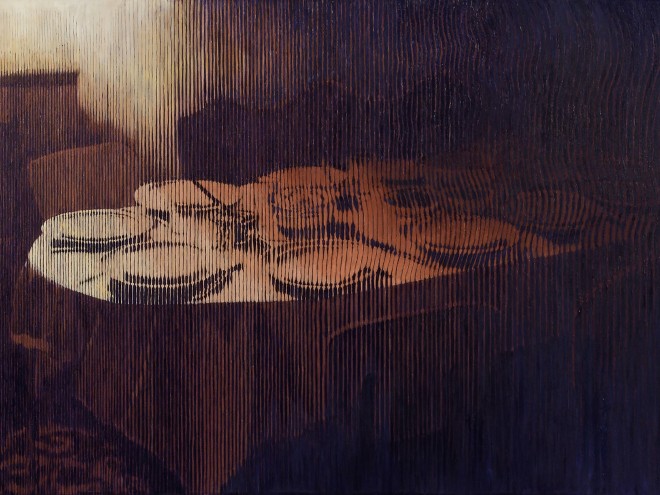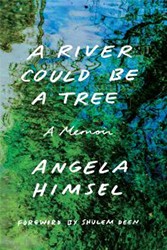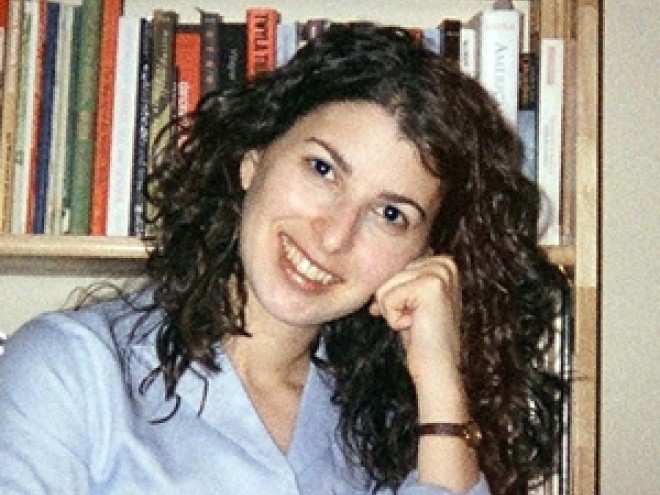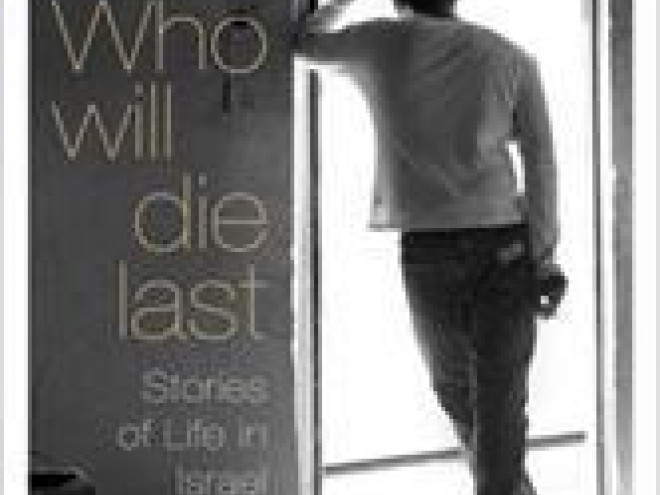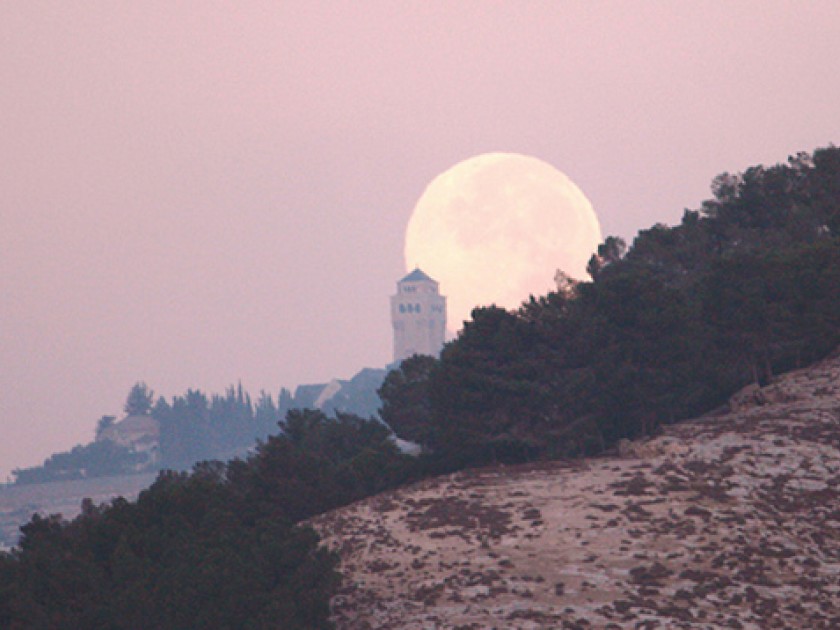
Going through my parents’ effects in southern Indiana after their deaths two years ago was a massive and, at times, mystifying undertaking. We unearthed my youngest sister Rachael’s baby teeth, complete with the date they fell out and my father’s meticulous handwritten notes on how hard she cried. There was a National Geographic from 1926, and black and white photos of Israel dating from World War II — mystifying because my parents had never been to Israel. I suspected that my mother, who’d worked as a private sitter for elderly people, had been gifted these items after one of her patients had passed on.
In the early eighties, as a student at the Hebrew University, there was a shop in the Old City of Jerusalem that I loved to browse in. It sold plastic encased watercolor drawings, sepia prints, and black and white photos of Jerusalem and the Holy Land that dated from the nineteenth to the twentieth century. I vividly remember holding a drawing that depicted Jerusalem’s landscape of the previous century: against a pink-washed sky, a mostly barren Mount of Olives loomed over the Dome of the Rock. “Wow,” I marveled, “this is the view of Jerusalem that people saw way before I arrived on this earth.” At nineteen, this seemed like a pretty profound insight.
While the view from the Mount of Olives was spectacular, so was the view from its adjacent mountain, Mount Scopus, where Hebrew University was located. Walking to and from class, I saw the Dome of the Rock below, and the Old City’s ancient limestone buildings that glowed red and gold in the sunset. It was a far cry from the landscape of my childhood: cornfields stretching out to the horizon, Chew Mail Pouch Tobacco written on the side of barns, blue skies, peace, and tranquility. In many respects, Midwesterners mirrored this landscape: open and not given to unexpected bursts of passion.
In contrast, Israel, with its layers and layers of civilizations — the Jebusites, Israelites,Greeks, Romans, Byzantines, Persians, Umayyads, Crusaders, Ottomans, British and a bunch of others in between — was complicated. That was evident, too, from the view on Mount Scopus. At the edge of the university was an amphitheater that overlooked the much-disputed West Bank and the barren Judean Hills, the subject of intense discussions among both my Palestinian and Jewish friends. Just below was the Old City, divided into the Jewish, Armenian, Muslim and Christian quarters. Directly south, the seven gilded-onion domes of the Russian Orthodox Church held sway on the Mount of Olives, and down its slope was the 3,000-year-old Jewish cemetery, containing graves from the time of the First Temple.
People of three faiths and any number of ethnicities and nationalities lay claim to this little sliver of land in the Middle East. Israel is complicated, and Israelis are as complicated as the land they live on.
Israel changed a lot of my views, some in profound ways. I began to see religion from another perspective, and I ultimately converted to Judaism. Which in turn affected my worldview. I’d taken for granted being a member of the Christian majority in the U.S. As a Jew, I’m now profoundly aware of anti-Semitism. And because I now identify with “the other,” I think I’ve become a more empathic person to all of the other “others.”
I don’t think I’ll ever not be a Midwestern girl. But home isn’t just a geographical place. It can also be an emotional or spiritual space. Sometimes all three. Which brings me, full circle, back to those little black and white photographs of a stripped-down, pre-state Israel that I found in my parents’ home. The photos of the Dome of the Rock and the Wailing Wall could have been taken today. But the Australian Soldiers Club is gone. The Mount of Olives is all built up. It’s not the same view as that nineteenth-century artist had depicted. Views change.
Image via Avital Pinnick/Flickr.
Angela Himsel’s writing has appeared in The New York Times, the Jewish Week, the Forward and elsewhere. Her memoir is listed in the 23 Best New Memoirs at bookauthority.org. She is passionate about her children, Israel, the Canaanites and chocolate.
